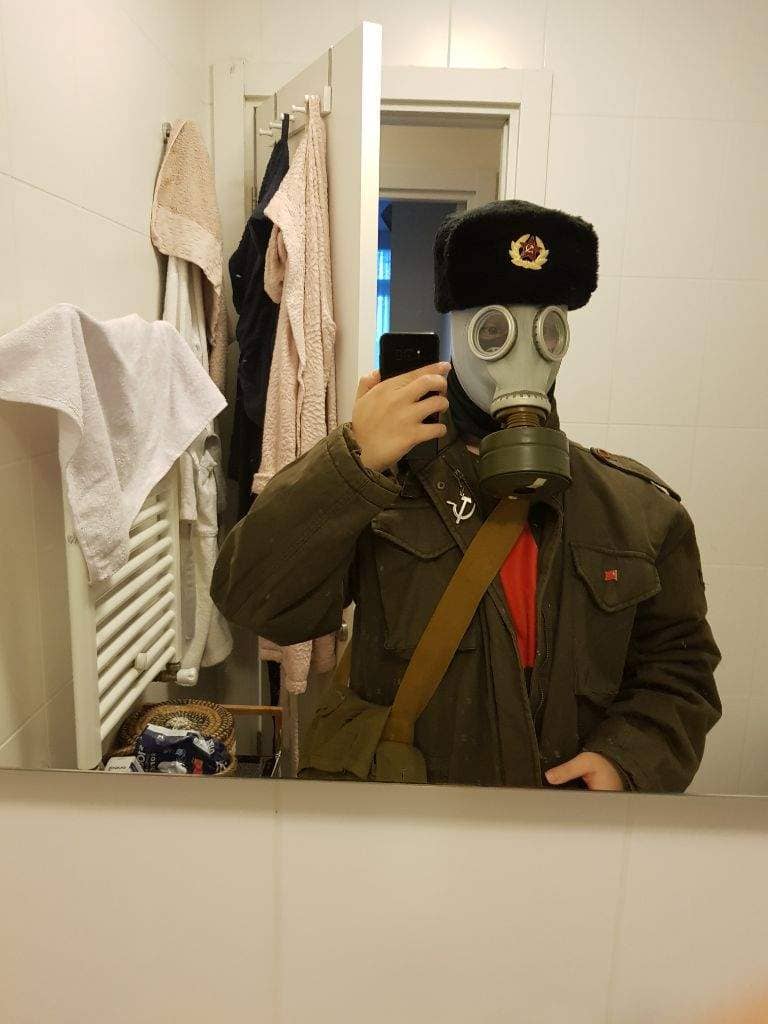The history of military footwear
The history of military footwear
For a long time, the "engine" driving the development of specialized footwear was not the market, but the needs of soldiers, which later evolved into professional military needs. There is nothing surprising about this, as the class stratification of society gave rise to inequality, which determined the "military path" as the most advantageous and fastest way to reach the top of power. Moreover, among the military were many wealthy individuals who, unlike peasants and craftsmen, could afford to have footwear custom-made.


The history of military footwear probably should be traced back to the Roman Empire, which spanned vast distances, and a well-shod army had no trouble with long marches through rugged terrain. The Romans, using straps and steel or bronze nails, transformed elegant Greek sandals into military footwear. Boots laced up to the top of the shin, reinforced with leather inserts, and different combinations of elements determined the rank and social status of the soldier. Gaius Caesar Germanicus earned his second name "Caligula" because he wore boots reminiscent of army caligae in his early childhood—soldier's footwear well-suited for long marches with spikes on the soles, sandals with long straps reaching to the middle of the shin. From the word "caliga" also came the ancient Russian expression "caliki perehozhie," referring to people wearing tied sandals. Roman military footwear set the tone for specialized footwear for several centuries to come.

In the Middle Ages, the warrior's costume underwent a radical change. Leather garments were replaced by metal armor. The footwear of knightly armor often featured a long toe. The toes of sabatons (metal footwear) were pointed and elongated, with larger ones often being detachable. Their intricate shapes depended on the specific fashion of that period. Such pointed metal toes were designed exclusively for use while mounted on a horse, preventing the knight from losing his stirrup in battle and enabling him to deliver deadly kicks. The toes were removed when the rider wished to dismount, especially if their shape curved downward.


The first metal sabatons appeared in Italy in the mid-14th century and consisted of 4-5 segments, closely resembling contemporary footwear, with short pointed toes. In the 15th century, sabatons in Milanese and Gothic armor were made with long pointed toes, which could be detached for walking. In contrast, the sabatons of Maximilian armor followed the fashion of the time and were wide and blunt, earning them the nickname "bear paws." Later sabatons had either round or slightly pointed toes but were not long. They fell out of use along with greaves in the second half of the 16th century. Subsequently, after going out of fashion, these sabatons and footwear were dubbed "duck feet."

During the English Civil War, soldiers were issued three pairs of boots or shoes to alternate after each march. Buckled shoes were in use from 1660 to 1800, while boots—high-legged footwear for cavalry—were worn from the 18th century until the First World War.


At the end of the Napoleonic Wars, the British Army began equipping itself with lace-up boots, which completely replaced the old buckle shoes. These boots were named after the Prussian Marshal Blücher, who participated in the Battle of Waterloo. According to legend, Blücher's soldiers wore boots with open lacing. "Blüchers" remained in use throughout the 19th century and were utilized in many wars, including the Crimean War (1853-1856), the First Anglo-Zulu War (1879), and the First Anglo-Boer War (1880-1881).
During the War of 1812, the infantry units of the US Army were equipped with boots made of genuine calf leather. From the 1820s, high-legged boots began to be produced. During the First World War, British, American, French, and Belgian forces used the so-called "trench boot" made of thick leather and with a thick sole, specially designed for the harsh conditions of trench warfare.


Starting from 1940, the US Army had a need for paratrooper boots due to the formation of airborne units. Existing models of similar footwear were analyzed, including German jump boots with laced-up design and rubber soles, as well as those used by American firefighters (their boots featured a strap and buckle to secure the ankle).


From January 1941 to July 1942, trials were conducted during which the boots underwent some modifications. The final version was approved in August 1942 under the name "Paratrooper Jump Boots" or "Corcoran Field II," in honor of their initial contractor, Corcoran from Stoughton, MA. The founding year of the company is considered to be 1941 when the testing of these boots for military service began.


The first general-issue boots of the US Army, officially called "Boots, Combat Service," were introduced in 1943 during World War II. These were modified military boots made from a single piece of leather with a high cuff tightened by straps, and the heel and sole were made of synthetic rubber.


In 1957, the US Army began transitioning to black patent leather boots, a process that was only completed at the end of the Vietnam War. During the same conflict, "jungle boots" were introduced for wear in tropical conditions. Both models featured straight molded soles. Black boots (without the patent finish) continued to be worn even after Vietnam.


In 2002, the US Army transitioned to new boots made of rough leather, called the "Army Combat Boot." These boots were accompanied by socks featuring moisture-wicking systems as part of the standard issue.


In Rus', the first mass-produced military footwear was considered to be the ordinary lapti. Wealthier warriors could afford to purchase leather chuni or porshni.


From the mid-16th century during the reign of Ivan the Terrible, the foundation of the Russian regular army emerged—the musketeer regiment consisting of three thousand men. Fourteen musketeer regiments had identical designs but different colors of kaftans and boots.


During the era of Peter the Great, soldiers were issued blunt-toed boots with buckles, while cavalry wore boots with flared tops. From 1778, Field Marshal Potemkin initiated a large-scale military reform. Many attributes of clothing disappeared in favor of practicality; boots were shortened, becoming softer and more comfortable.


The subsequent Russian autocrats gradually replaced military footwear: Paul I introduced the production of lacquered boots with high shafts, Alexander I abolished lacquered boots and shoes, and introduced knee-high leather boots. Nicholas I abolished leather boots and introduced short ankle boots, over which black woolen gaiters with five or six buttons were worn. Alexander II reintroduced knee-length boots with gaiters into the army.


During World War I, the Russian army was equipped with boots and short ankle boots wrapped with puttees.


The beginning of the 20th century was marked by industrialization and a gradual shift in the traditional use of footwear in armies worldwide. Mass production of rubber and the gradual introduction of leather substitutes systematically displaced leather footwear. Traditional styles of boots and shoes were now being made from different materials.

In 1935, I.V. Plotnikov developed a technology for making boots based on multilayered cotton fabric treated with film-forming substances. They were successfully used during the Soviet-Finnish War, after which the footwear was deemed unsuitable— the material cracked and broke in the frost, poorly retaining heat, and many soldiers experienced eczema from chemical reagents. However, at the beginning of the Great Patriotic War, the issue of supplying military footwear became acute. It was then that the knowledge and technologies developed by Plotnikov proved useful. Mass production of boots began at the "Iskozh" plant (Kirovsky plant), from the first letters of which came the name "kirza".

Since then, the USSR, and now Russia, has been the world's largest producer of kirza using Plotnikov's technology, which has remained unchanged since 1941. Approximately 85% of modern kirza production in Russia is intended for the manufacture of military footwear (boots and shoes). In addition to kirza, leather is also used in the production of military footwear. The majority of boots are combined: 15% (the lower part, including the toe) is made of leather, while the rest (including the shaft) is made of kirza. By the present time, approximately 150 million pairs of kirza footwear have been produced.

In 2007, the Russian government adopted a law on transitioning to a new military uniform, including military boots—berets. The transition from kirza boots to high-laced military boots will take place gradually, and by 2013, the army will fully transition to the new uniform.
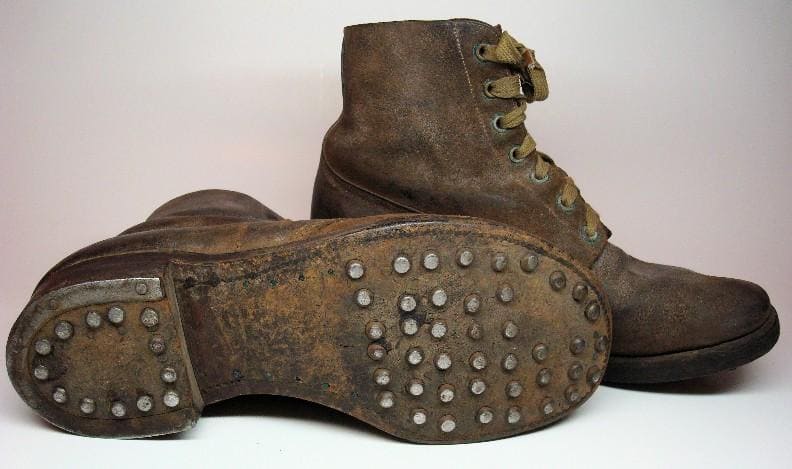
Caption
The history of military footwear
As noted above, for a long time, the "engine" driving the development of specialized footwear was not the market, but the needs of soldiers, which later evolved into professional military needs.
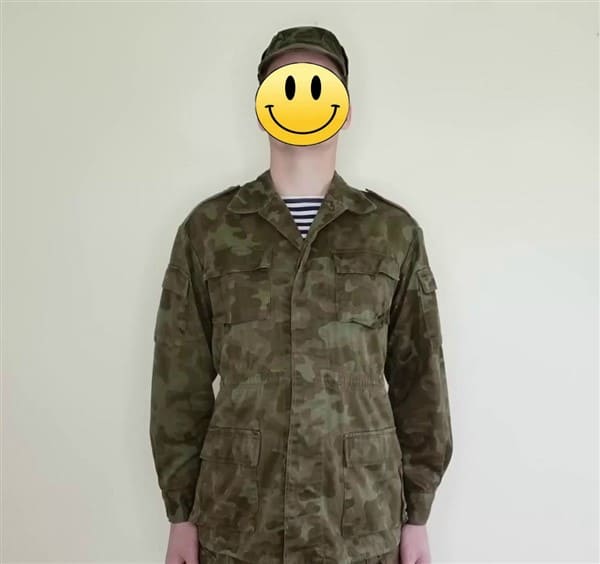
The History of the Soviet Afghanka Uniform: A Guide to Assembling Your Own Afghanka M88 Uniform for Afghan reenactment
The uniform of 1969 did not meet the modern military requirements, leading to the decision to develop a new uniform in the mid-1970s. The basis for creating the Afghanka was the OKZK-D, a paratrooper general-purpose uniform developed in the late 1960s and early 1970s.

How to stretch Soviet boots if they are small and squeeze your feet
Sometimes, when purchasing stylish Soviet boots, you may encounter a problem with their size. But don't worry, there are several effective ways to stretch your leather boots
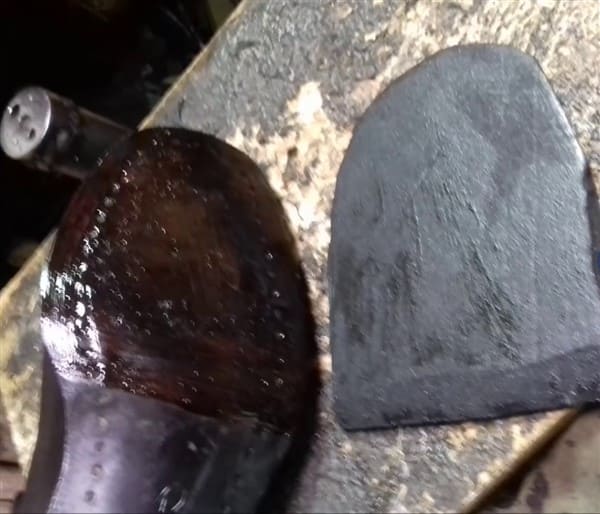
How to install rubber prophylaxis on leather sole for Soviet officer riding boots: sole protection
Soviet officer riding boots, often intended for officers and horse riding, have leather soles, which, unfortunately, can quickly wear out with intensive use

Rene Altman's Creating Excellent Costume for Admiral Kendal Ozzel and boots from SovietBoots.com
Meet Rene Altman, a dedicated Star Wars fan who, at the age of 57, embarked on an amazing journey to recreate Admiral Kendal Ozzel's iconic costume from Star Wars Episode V..

How to Choose Star Wars 501st Legion Boots If You Have Large Feet and Wide Calves?
Fans of the Star Wars universe know how important detail is when creating character costumes. However, for those with large feet and wide calves, finding the right jack boots can be a real challenge..
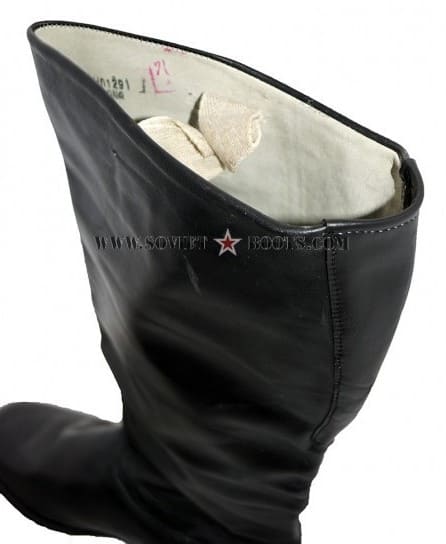
How to widen the top of Soviet officer boots: Simple steps to comfort
Buying stylish officer boots can be a real pleasure, but sometimes they can be a little narrow in the calf area. Don't worry!
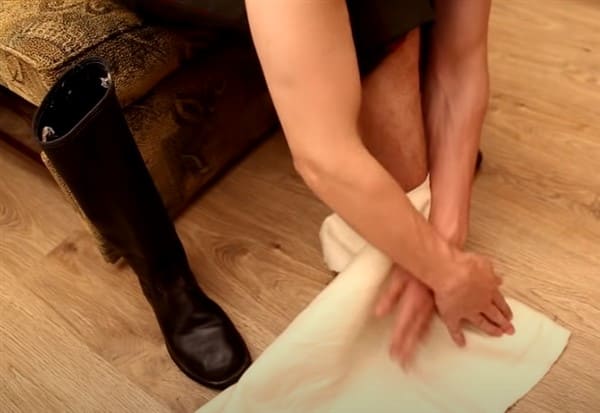
How to use 'Portyanki' foot wraps of Soviet boots sapogi: Practicality and Convenience
The Soviet army placed great importance on practicality and comfort in military footwear, and in this context foot wraps became an integral part of soldiers' equipment.
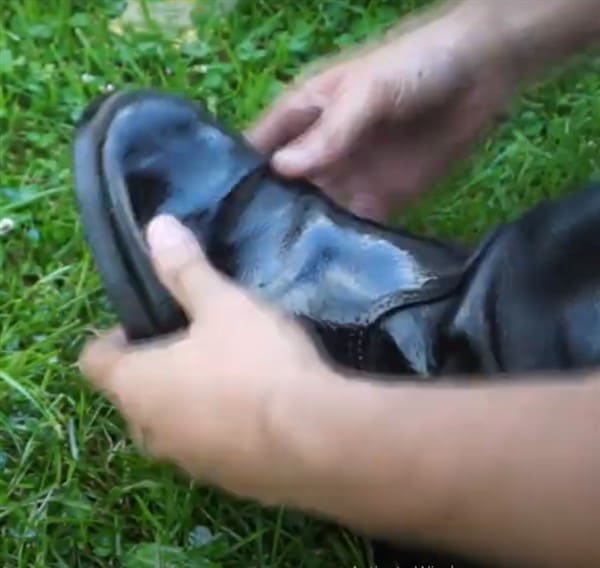
Caption
How to restore softness to old and dry boots: A simple method using vegetable oil.
Old boots, stored for a long time without use, can lose their original softness and become hard like stone. However, before you decide to throw them away, it’s worth trying to restore the leather and give your boots a second life.
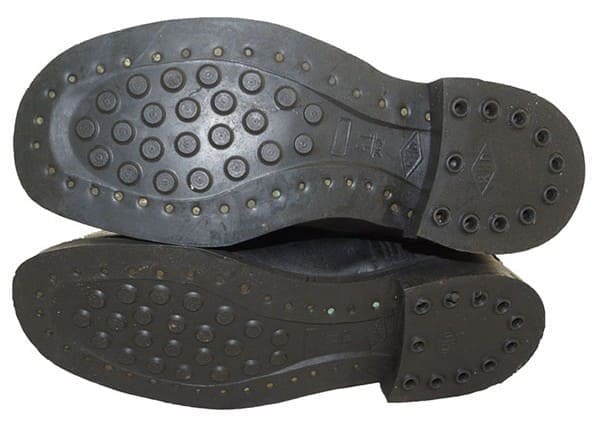
Caption
How to choose the perfect Soviet boots for WWII military reenactmentWW2 'dot' soles Soldier Kersey Boots – Authentic 1940s Style
The art of military WW2 reenacting requires attention to every detail to achieve maximum historical accuracy. Soldier boots with 'dot' soles are becoming an integral element for those who seek to recreate Red Army..

Caption
How to create a unique Darth Vader suit: Assembly Secrets and Tips for Choosing Boots
If you're dreaming of bringing the dark look of Darth Vader from Star Wars to life, choosing the right boots is a key step towards creating a complete costume. In our store, we not only offer high-quality boots, but also share with you the secrets of assembling the costume to make your Darth Vader look truly amazing.
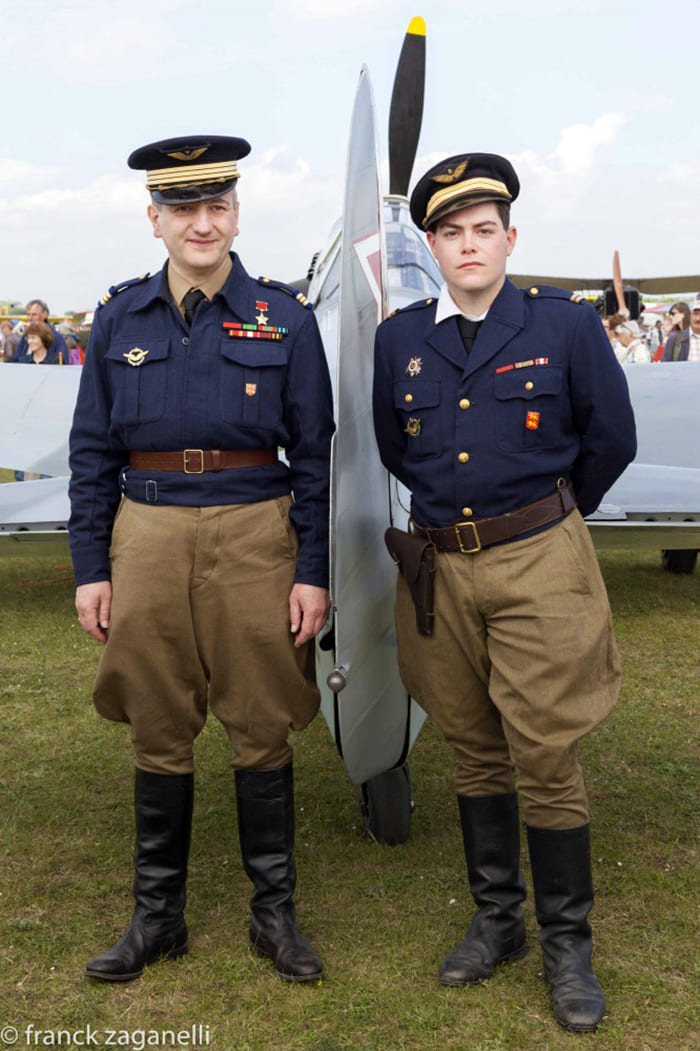
Our customer Gene Garren shows his soldier boots from our store
Gene Garren served in Ranger, and Special Forces/Special Operations units and am a 100% service connected disabled veteran. I was also a sniper, and have a refurbished Soviet 1943 Mosin Nagant sniper rifle with matching scope..

Top 5 Soviet Boots Bestsellers
Top 5 Soviet Boots Bestsellers, According To The Rating Of The Online Store SovietBoots.Com, Are Presented As Follows..
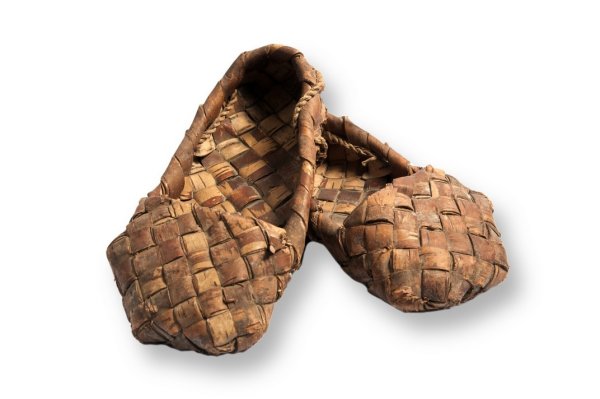
Russian boots history
The most ancient form of footwear in Rus (the territory of modern Russia) wasporshni,shoes made from a piece of rawhide leather, usually of horse, pig or seal, sewed by hiderope. Porshni were used in Novgorod already in the end of the 10th – beginning of the 11th century..
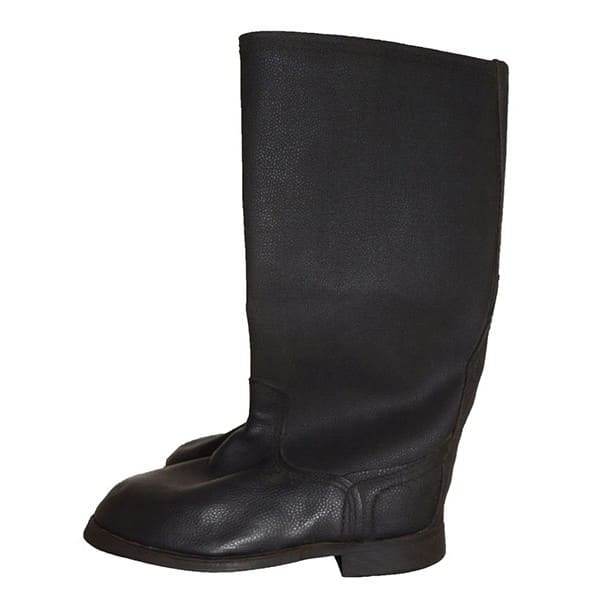
History of Kersey Kirza boots?
In the beginning of World War II, USSR faced a problem of footwear for millions of soldiers, as there was catastrophic lack of leather boots..
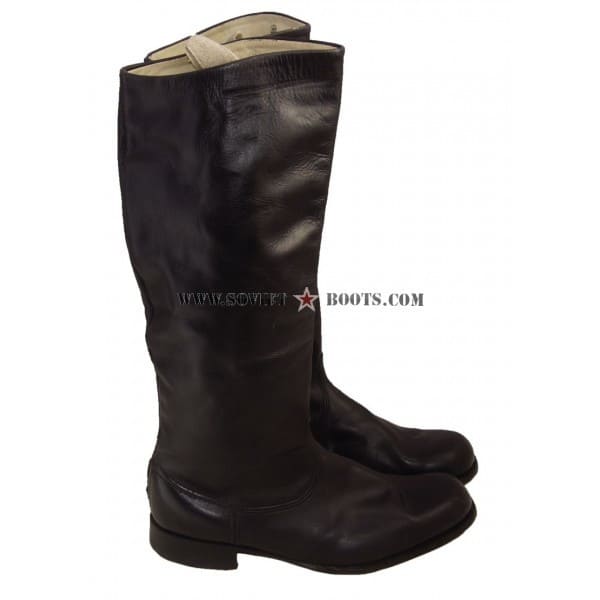
What is Chrome Officer boots?
Chrome officer boots for many men are a symbol of bravery, fortitude, honor, and military virtue. That is why even men not related to armed forces, are willing to buy them..
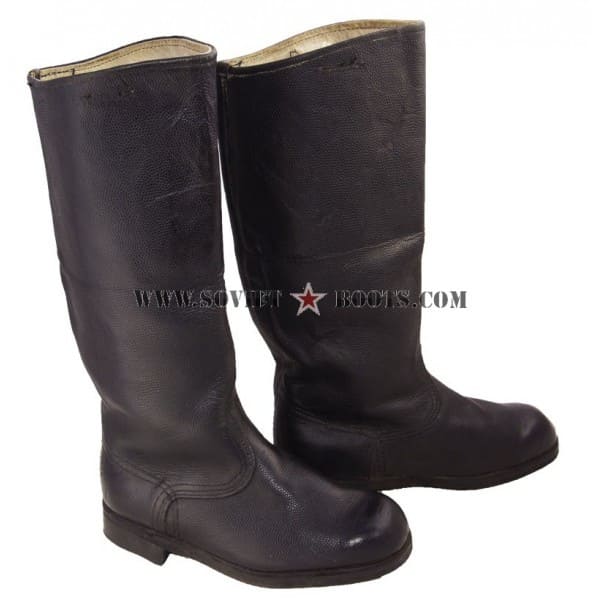
What is Yuft Jack boots?
Yuft is a very thick leather made by tanning skins from cattle bellies with oak, willow, or birch,and then rubbing with an phenolic oil..
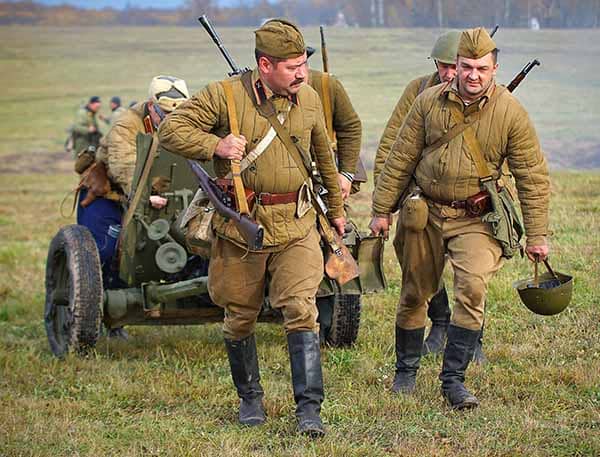
Soviet boots in military reenactment
Reenactment is a comparatively new but a very popular hobby of restoring historical battles, a specific active leisure with elements of extreme. It is based on a historical information and items left from the event, and is made as close to the original battle as possible..
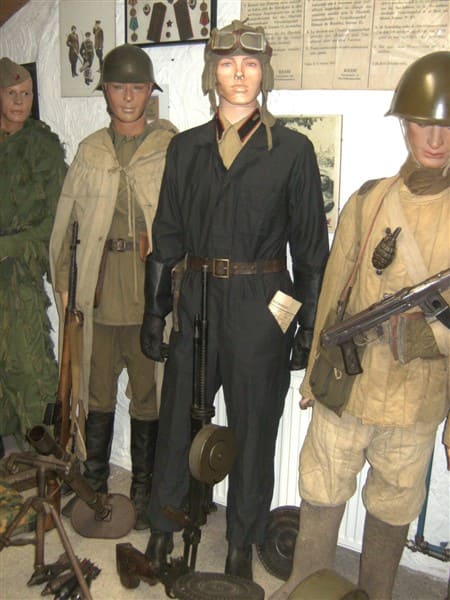
Jan from Belgium is a famous collector
Jan bought boots in our store for his mannequins and sent us photos, take a look
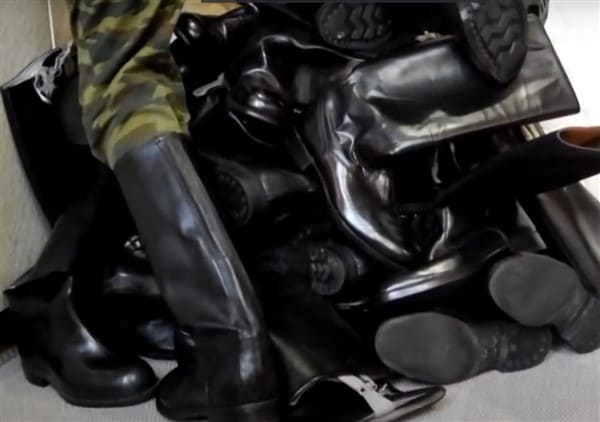
Collecting
Collecting historical relics is one of the most popular types of collecting. Historical relics are traces of our ancestors’ life. They can be jewelry and crosses, various kinds of living items: locks, keys, instruments, knives, fishhooks, buttons, etc.
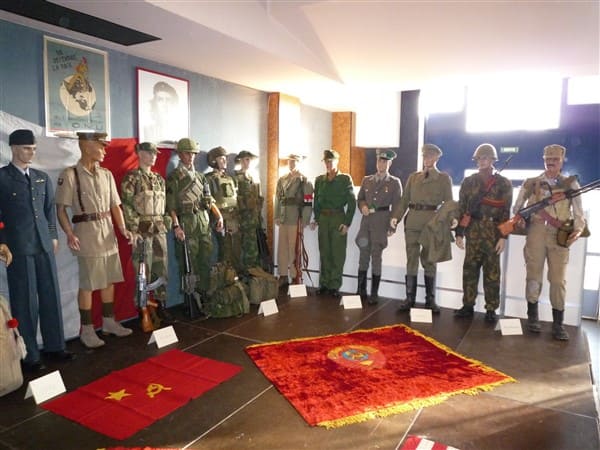
Bruno from France ordered boots from our store for museum
Not infrequently private collections turn into city museums – institutions where artifacts and other things of historical importance are collected, investigated and made available for public viewing.
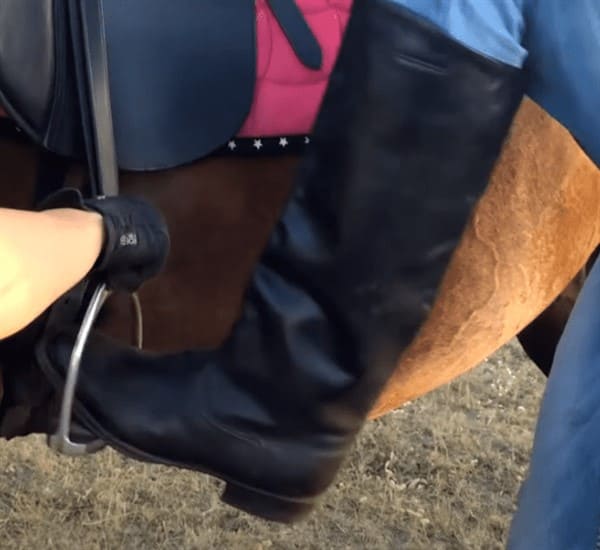
Soviet boots for riding
Any of us ever wanted to mount a beautiful strong horse and ride as quick as the wind to illimitable space, far from everydayness, towards the horizon..
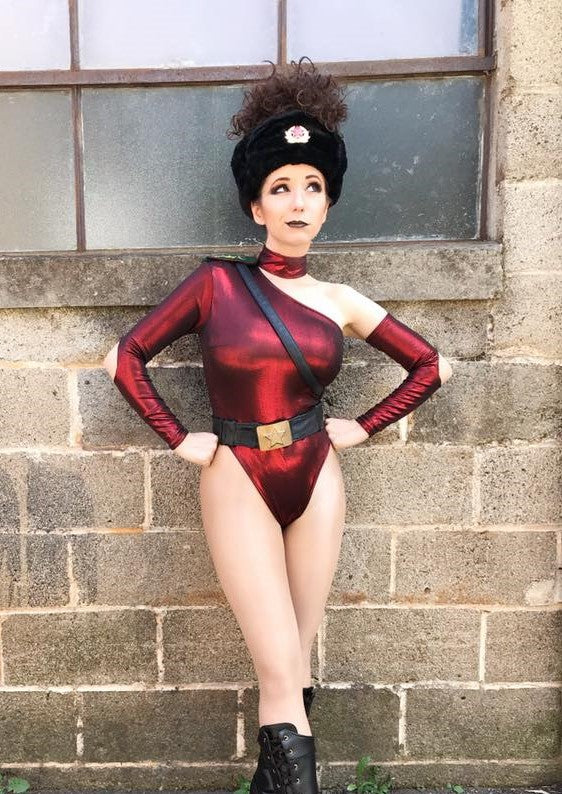
Soviet boots for cosplay
Costume parties are entertaining events usually carried out in public, may contain a distinctive style of dress that reflects the theme of party. These may be the holidays, show performances, flashmobs,
